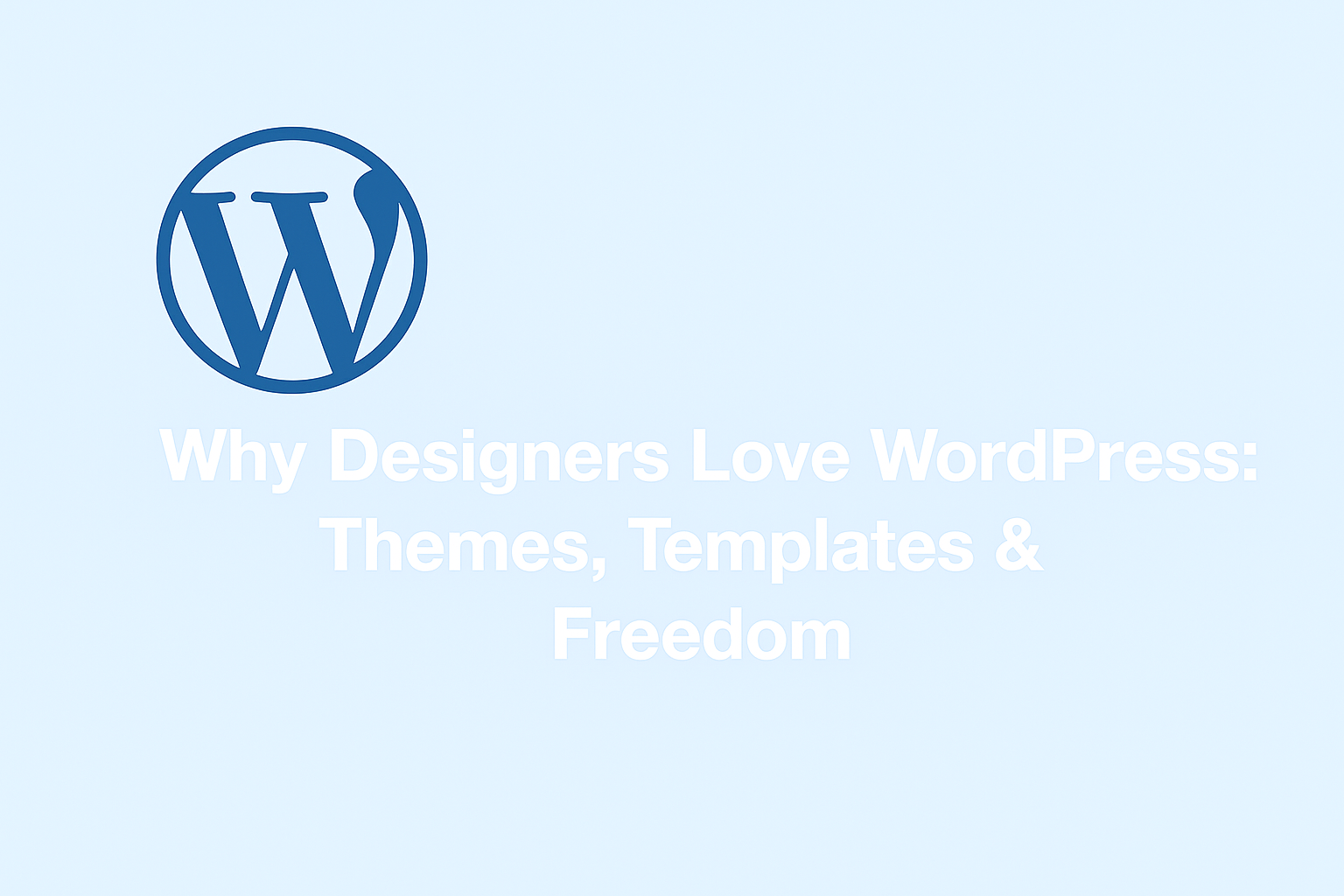Talk to a few web designers and you’ll start to hear the same thing: “I prefer building on WordPress.” It’s not hype, and it’s not just habit. For designers who value creative control and client usability, WordPress often strikes the perfect balance.
At Ezyweb, we work with designers and developers across Australia to host, maintain, and support WordPress websites. Here’s why so many of them choose WordPress when they could technically build on anything.
1. WordPress Doesn’t Box You In
Some website builders look great—until you want to do something just slightly outside the template’s limits. WordPress doesn’t have that problem.
Whether you’re working with an existing theme or building one from scratch, WordPress gives you the freedom to control layout, typography, colour, and behaviour down to the pixel. You’re not fighting the system—you’re working with it.
This is why designers who care about detail keep coming back. You can start with a theme, edit the parts that matter, and leave the rest alone. Alternatively, you can opt for a fully custom design and create something unique to the brand.
2. There’s a Theme for Nearly Everything
Let’s be clear—there are good themes and not-so-good ones. But the volume of well-coded, design-forward WordPress themes out there means you’re rarely starting from scratch unless you want to.
Designers often use these as a base:
- Hello Theme for complete custom work with page builders
- GeneratePress for fast, lightweight builds
- Kadence or Astra for flexibility without bloat
You can customise these themes deeply, or use them as a starting point for a tailored child theme. It’s up to you. The freedom is in the structure.
3. Templates Make Site-Wide Consistency Easy
Once a designer sets up a template in WordPress—such as a blog post layout or a team profile page—it can be reused across the site without needing to start from scratch each time. This is great for large websites, businesses with multiple services, or e-commerce shops with recurring layouts.
It also makes it easier for clients to manage their content in the Future, which is often the ultimate goal. WordPress lets you separate design from content in a way that works well for non-technical users.
4. Design and SEO Can Work Together
We see it all the time—beautiful websites that are impossible to read on mobile or barely rank in Google because they’re bloated with animations and broken heading tags. With WordPress, designers can still create visually strong websites and make them SEO-ready.
Using themes that support accessibility, semantic markup, and fast loading times means you don’t have to sacrifice design for performance—or the other way around.
And with the right hosting and support (hello 👋), you can keep things fast, safe, and up to date.
5. You Can Build for Now and the Future
Many designers care about longevity. They want to build websites that grow with the business—not ones that need replacing every two years.
With WordPress, you can start with a basic theme and gradually add features, refine the design, or scale up as needed. It’s a system that grows with you, rather than holding you back.
Final Thoughts from the Team at Ezyweb
There’s a reason WordPress powers over 40% of the web. It’s not just for bloggers or developers—it’s for designers who want freedom, flexibility, and the ability to build something that looks and works exactly how they imagined it.
If you’re a designer looking for reliable WordPress hosting in Australia—or you want someone to look after the backend while you focus on the front—reach out to us at ezyweb.au. We’re here to support your builds, no matter how custom they get.
